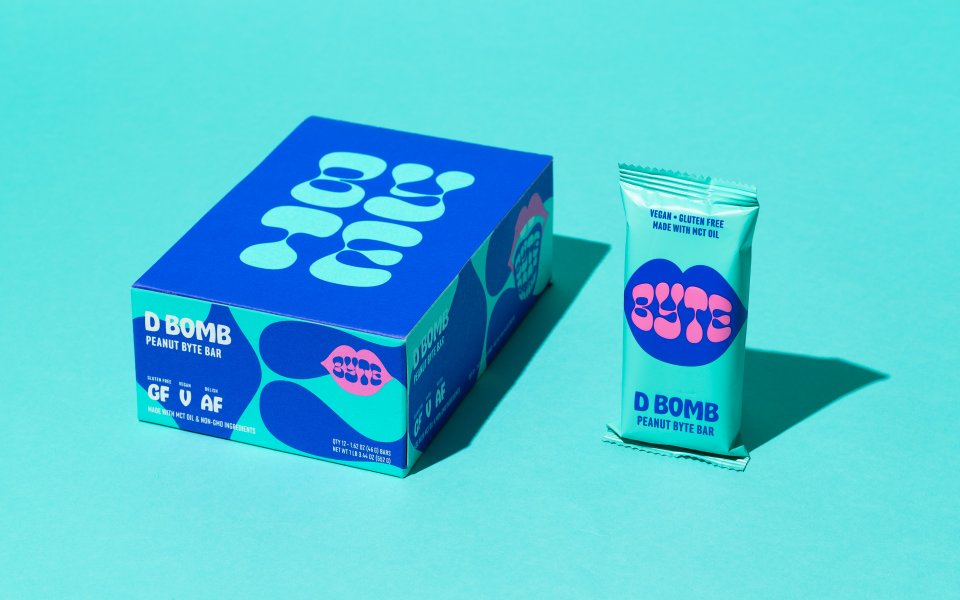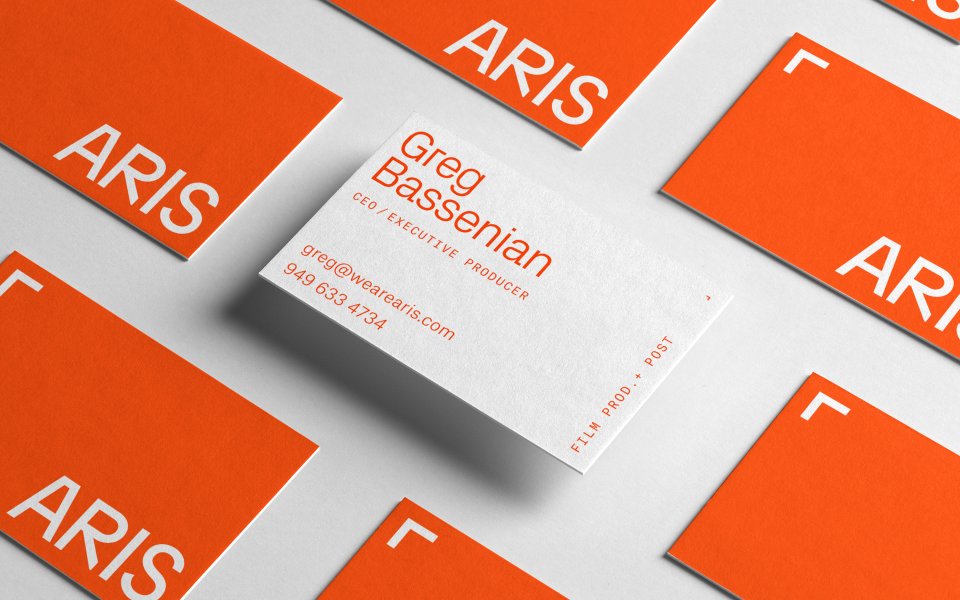Designers often don’t realize that they have a say in how their designs are produced—whether print or digital—and sometimes they simply don’t want to deal with the added complexity. By overseeing production you not only have the ability to make sure your design reaches its full potential, you also have a chance to limit the carbon footprint of your work. Sustainable design requires patience, creativity, thoroughness, and a deeper level of involvement in your work.
Designers can also consider their own carbon footprint in their day-to-day operations. They can commute by foot, bike, bus, or maybe even an electric car charged with solar power. They can use renewable resources to power their studio, use energy efficient appliances and fixtures (e.g. lighting), compost food waste, and incorporate many other sustainable living practice into the studio.
Potentially the greatest impact a designer can have on the environment is on their clients and other designers. By spreading the sustainable mindset to the clients and peers you work with, you can end up making a much greater impact than you could just focusing on your own practice. Additionally, if you’re in the position to do so, you can choose to provide your services only to clients that are doing good things. If you can go one step further and encourage other designers to consider all of these things, the ripple effect could be bigger than the Great Pacific garbage patch.



















